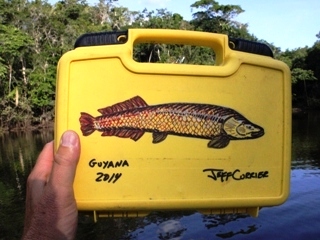 At 7 AM promptly, our driver picked up Tim Brune and I as well as two other fly fishing guests from the Cara Hotel in Georgetown, Guyana to head for the domestic airport to fly into the rainforest. The other guests are Jim and Alex of California. Like me, this is their first time fishing in Guyana. Tim was here last March.
At 7 AM promptly, our driver picked up Tim Brune and I as well as two other fly fishing guests from the Cara Hotel in Georgetown, Guyana to head for the domestic airport to fly into the rainforest. The other guests are Jim and Alex of California. Like me, this is their first time fishing in Guyana. Tim was here last March.
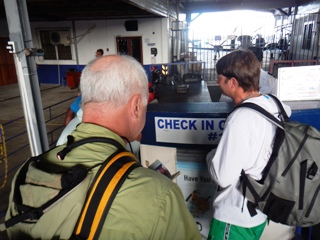 I haven’t mentioned much about this trip because it only came to fruition a month ago. We were headed for Rewa Eco-Lodge nestled between the Rupununi and Rewa Rivers in the far south of Guyana. We’ll be fly fishing here for the next week.
I haven’t mentioned much about this trip because it only came to fruition a month ago. We were headed for Rewa Eco-Lodge nestled between the Rupununi and Rewa Rivers in the far south of Guyana. We’ll be fly fishing here for the next week.
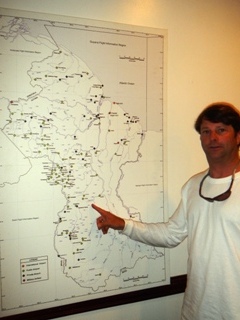 Rewa Eco-Lodge only allows twenty-four anglers here a year – twelve in November and twelve in February. I’m INCREDIBLY lucky to have been invited for one of these few spots. Best of all, we’re the first group in since last winter and we’re expecting some hungry jungle fish to cast too.
Rewa Eco-Lodge only allows twenty-four anglers here a year – twelve in November and twelve in February. I’m INCREDIBLY lucky to have been invited for one of these few spots. Best of all, we’re the first group in since last winter and we’re expecting some hungry jungle fish to cast too.
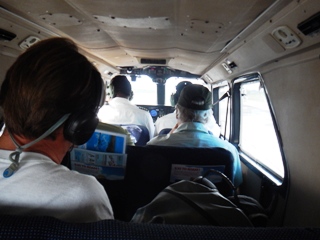 Rewa Eco-Lodge has focused mainly on bird watching for years. The bird watchers were reporting sightings of a massive fish. Friends Oliver White (Oliver joined me in Tanzania last November) and Matt Breuer (camp manager here) got news and came down to check things out in 2011. A long story short, this place happens to be one of the last great thresholds for the incredible arapaima.
Rewa Eco-Lodge has focused mainly on bird watching for years. The bird watchers were reporting sightings of a massive fish. Friends Oliver White (Oliver joined me in Tanzania last November) and Matt Breuer (camp manager here) got news and came down to check things out in 2011. A long story short, this place happens to be one of the last great thresholds for the incredible arapaima.
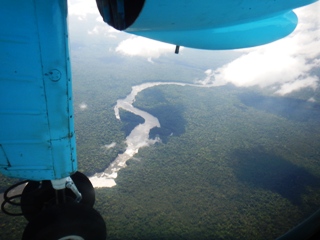 The arapaima is an inhabitant of the entire Amazon. For sure they can be found in parts of Brazil and here in Guyana but in many parts the species has been nearly fished out. Although I’ve not caught an arapaima (YET) I’ve cast to some unsuccessfully in Brazil. There they aren’t only rare but also terrified of humans from eons of over fishing. The arapaima is the world’s largest scaled freshwater fish.
The arapaima is an inhabitant of the entire Amazon. For sure they can be found in parts of Brazil and here in Guyana but in many parts the species has been nearly fished out. Although I’ve not caught an arapaima (YET) I’ve cast to some unsuccessfully in Brazil. There they aren’t only rare but also terrified of humans from eons of over fishing. The arapaima is the world’s largest scaled freshwater fish.
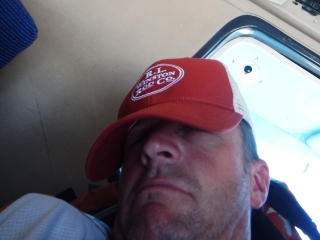 Oliver and Matt spent their first trip down here getting their butts absolutely handed to them by these dinosaur-snakish looking fish. Turns out the arapaima are very difficult to catch on fly. There’s a technique to getting your fly in front of them, they’re almost impossible to hook, and if that all goes right, good luck landing one because they average over 100lbs! The guys have made some serious progress, but fly fishing for arapaima is still in its pioneering stages – something you don’t find too often with any fish in the twenty-first century.
Oliver and Matt spent their first trip down here getting their butts absolutely handed to them by these dinosaur-snakish looking fish. Turns out the arapaima are very difficult to catch on fly. There’s a technique to getting your fly in front of them, they’re almost impossible to hook, and if that all goes right, good luck landing one because they average over 100lbs! The guys have made some serious progress, but fly fishing for arapaima is still in its pioneering stages – something you don’t find too often with any fish in the twenty-first century.
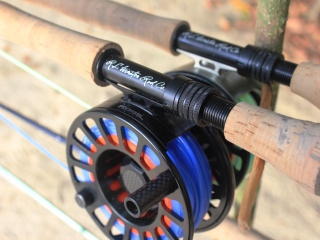 Large fish require large tackle. My set ups are 9-foot 12-weight Winston SX rods, my largest Abel and Ross Reels and custom made intermediate fly lines from Scientific Anglers. Custom made so rather than the normal 30lb core strength, these are 80lb. I’ll be using very heavy leaders and with the super strong cores I won’t have to worry about breaking the actual fly line.
Large fish require large tackle. My set ups are 9-foot 12-weight Winston SX rods, my largest Abel and Ross Reels and custom made intermediate fly lines from Scientific Anglers. Custom made so rather than the normal 30lb core strength, these are 80lb. I’ll be using very heavy leaders and with the super strong cores I won’t have to worry about breaking the actual fly line.
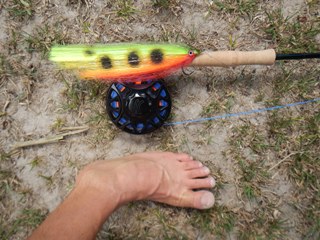 Our flies are huge and mine were tied by none other than Brent Dawson, founder of Warpath Flies. Warpath ties me many flies for the weird fish of the planet and I can always count on the durability and quality hooks for fish that require them. These flies imitate baby peacock bass and might be his most impressive ever.
Our flies are huge and mine were tied by none other than Brent Dawson, founder of Warpath Flies. Warpath ties me many flies for the weird fish of the planet and I can always count on the durability and quality hooks for fish that require them. These flies imitate baby peacock bass and might be his most impressive ever.
 The flight from Georgetown, Guyana to a dirt strip near the Rewa Eco-Lodge took one hour twenty minutes. Upon landing we were met by Matt Brewer and his staff. Off we went on an hour boat ride up to the Rewa Eco-Lodge.
The flight from Georgetown, Guyana to a dirt strip near the Rewa Eco-Lodge took one hour twenty minutes. Upon landing we were met by Matt Brewer and his staff. Off we went on an hour boat ride up to the Rewa Eco-Lodge.
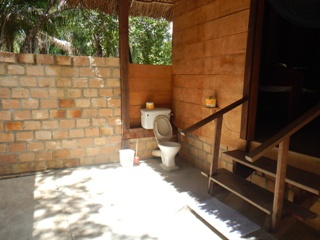 Use the term “lodge” lightly here. There are many extravagant lodges in the world, this place is beautiful but simple. Tim and I share an open air bungalow with an outside shower and toilet. Here it’s all about the fishing. We arrived, rigged our gear. Had lunch then went fishing.
Use the term “lodge” lightly here. There are many extravagant lodges in the world, this place is beautiful but simple. Tim and I share an open air bungalow with an outside shower and toilet. Here it’s all about the fishing. We arrived, rigged our gear. Had lunch then went fishing.
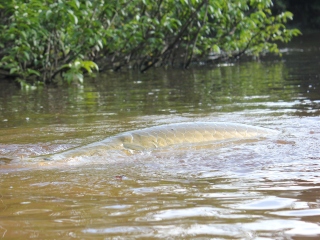 The place we went was large lagoon connected to the Rupununi River called Awarmi Slough. We have two boats – Tim and I share and the other two guys Jim and Alex were in the other. Each boat has two locals maneuvering the boats with paddles and sticks. As we snuck along the calm lagoon the arapaima occasionally surfaced.
The place we went was large lagoon connected to the Rupununi River called Awarmi Slough. We have two boats – Tim and I share and the other two guys Jim and Alex were in the other. Each boat has two locals maneuvering the boats with paddles and sticks. As we snuck along the calm lagoon the arapaima occasionally surfaced.
 The arapaima is a slow moving giant that surfaces to gulp air. Then they turn and return to the bottom. The idea here for fly fishing is get the fly in front of them as fast as possible. With all the rolling arapaima in tonight’s lagoon it seemed like this would be an easy game. But it’s absolutely not. Despite lots of them around, in four hours of fishing none of the four of us touched a fish.
The arapaima is a slow moving giant that surfaces to gulp air. Then they turn and return to the bottom. The idea here for fly fishing is get the fly in front of them as fast as possible. With all the rolling arapaima in tonight’s lagoon it seemed like this would be an easy game. But it’s absolutely not. Despite lots of them around, in four hours of fishing none of the four of us touched a fish.
That’s it for tonight. I’m flipping exhausted from two days of travel. We just slammed a great chicken dinner and a couple cold Banks Beers, the beer of Guyana. Tomorrow the real fishing begins.
